Government Shutdown Hits Day 22. Now Turning into a Showdown.
America’s government shutdown has stretched into its 22nd day. Grinding federal operations to a halt. Also leaving hundreds of thousands unpaid. The standoff in Washington has stalled defense work, veterans’ benefits, and key national services. As political leaders trade blame, the shutdown is fast becoming a crisis of governance. Rather than just a budget dispute.
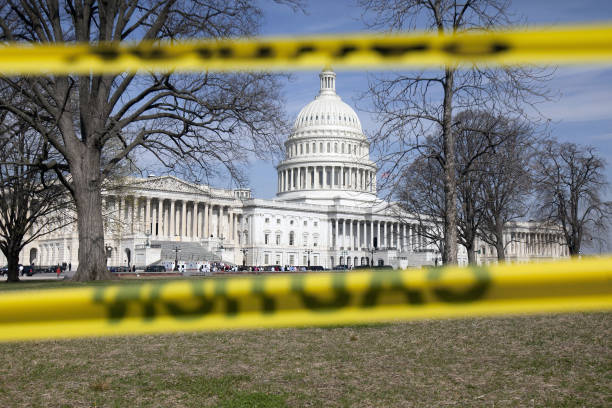 The Capitol building stands behind caution tape - stock photo by Getty Images
The Capitol building stands behind caution tape - stock photo by Getty ImagesOn October 22, 2025, the United States entered the 22nd day of a government shutdown. Making it the second-longest funding lapse in American history. What began as another budget impasse has steadily spiraled into an operation-level crisis. One that extends far beyond politics and into the very mechanics of national security, veterans’ readiness and supply chains that underpin military agility.
Federal departments handling critical defense and veterans’ affairs are limping along. The National Nuclear Security Administration (NNSA) is reportedly planning to furlough 80% of its staff due to depleted carry-over funding. Raising alarms over stockpile maintenance and national defense oversight. Meanwhile, the shutdown has left roughly three-quarters of a million civilian federal employees either jobless or working without pay.

For veterans and those focused on readiness, the implications are immediate. Agencies charged with veterans’ benefits, equipment procurement, base maintenance and veteran health services are facing delays or temporary shutdowns. National parks and memorial sites that honor service see reduced staffing and maintenance. A symbolic as well as practical erosion of support. As warnings for federal hardship to pay go out, the morale risk extends beyond paychecks. Into trust, continuity and operational stability.
At the heart of this shutdown is a clash of strategy and leverage. Congressional Republicans argue that funding should proceed before negotiations on contentious issues like healthcare subsidies. Democrats demand those subsidies be included before reopening government. The outcome is multiple failed votes and no resolution in sight. While the rest of the economy may continue, key components of the defense-logistics ecosystem like contractor payments, parts provisioning, secure shipments are entering what veterans know as latent failure mode. When unseen, critical functions quietly erode.
The ripple effects are already emerging. Delays in project authorizations mean military construction, training support and base supply chains risk slowdown. If federal support for veteran programs drags on, the cost isn’t just economic. It’s strategic. Confidence is eroded. Readiness is compromised. The assumption of seamless support becomes a vulnerability. For veterans accustomed to mission-focused clarity, this shutdown offers a stark lesson. That political gridlock has tactical consequences.
Speaking of veteran readiness. We should all keep solid travel gear with us. Which is ever strong, supportive and hold our baggage. Unlike the economy now. A gear like the Tactical Backpack. Rush 72 2.0‚ Military Molle Pack, CCW with Multiple Compartments, 55 Liter, Large, Style.
As the U.S. government hovers near an unprecedented lapse, the question shifts from ‘who owns the blame?’ to ‘who fixes the ready-force chain in the meantime?’ For a veteran or analyst watching systems and readiness, this shutdown isn’t a sideshow. It’s a signal. Whether the stalemate ends tomorrow or stretches longer, the cost of inertia is already being tallied.
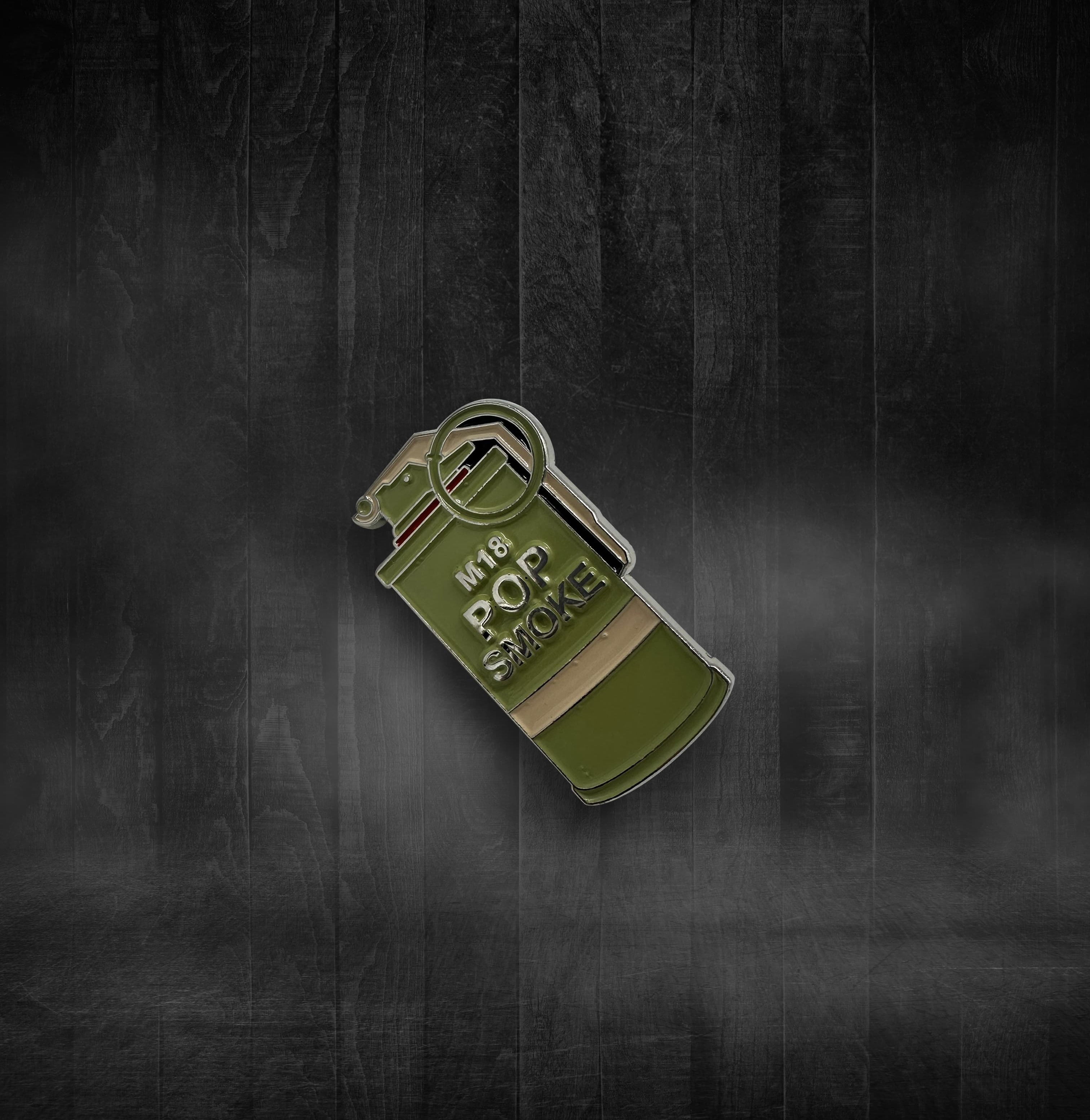



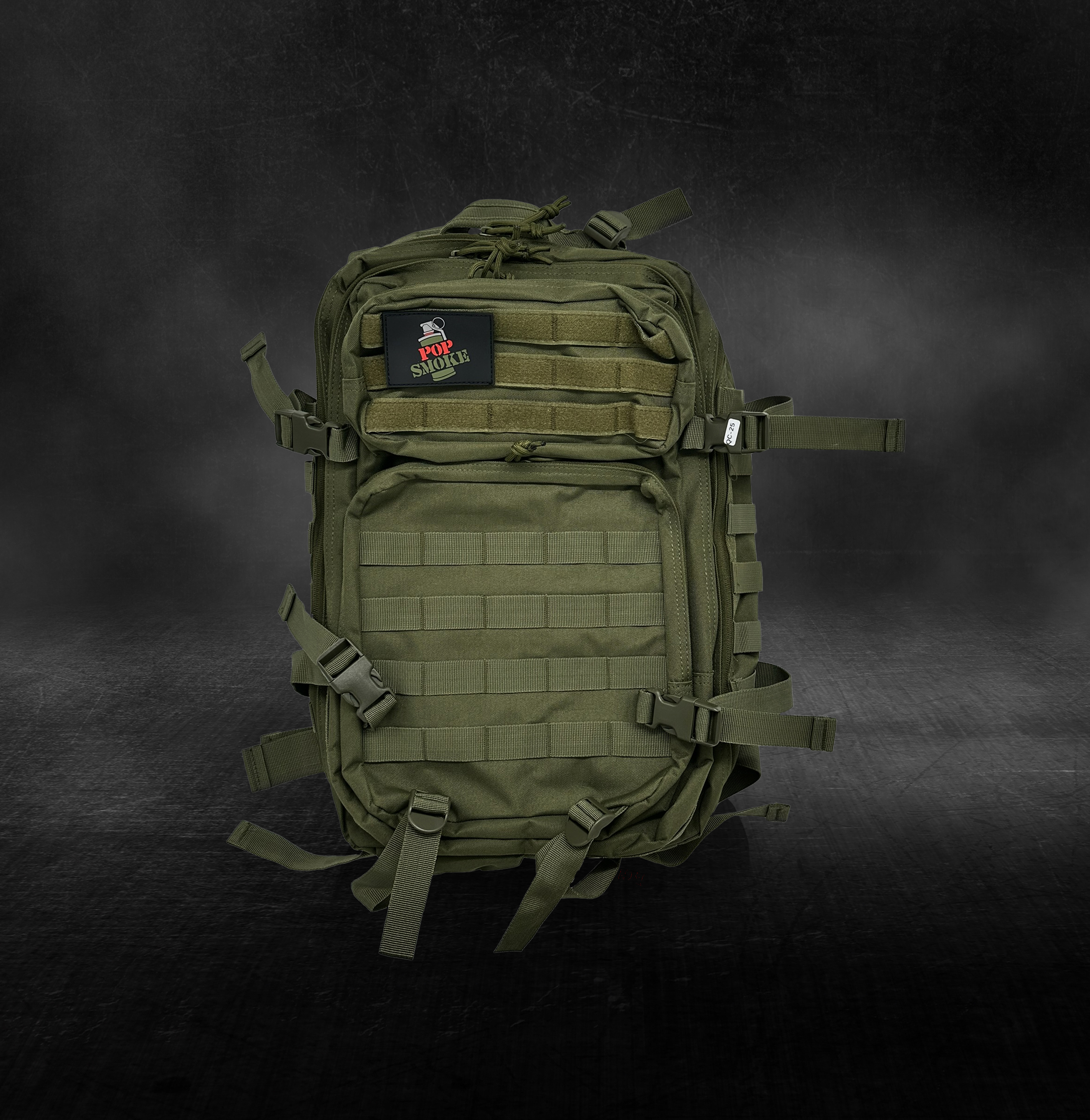



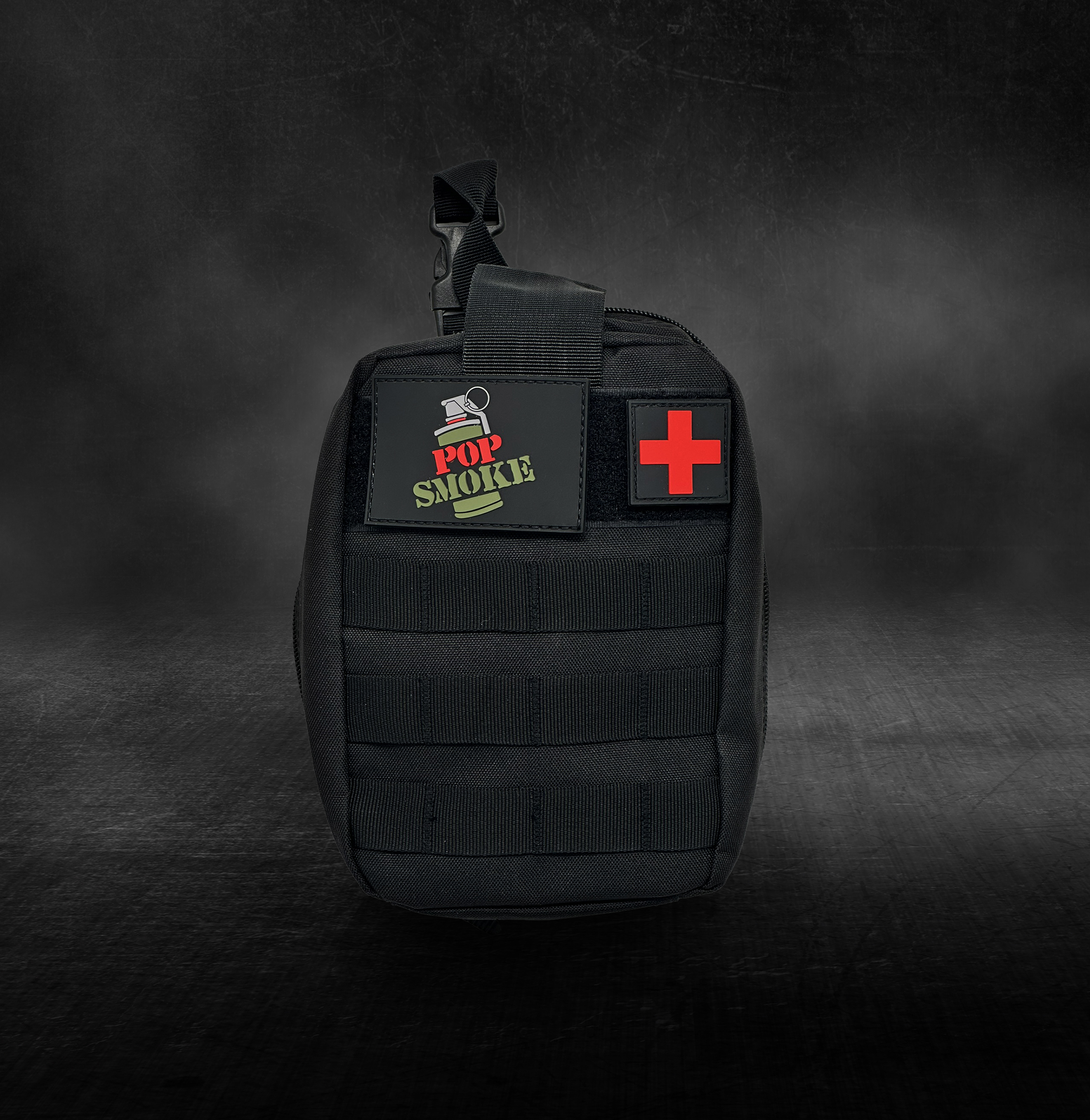





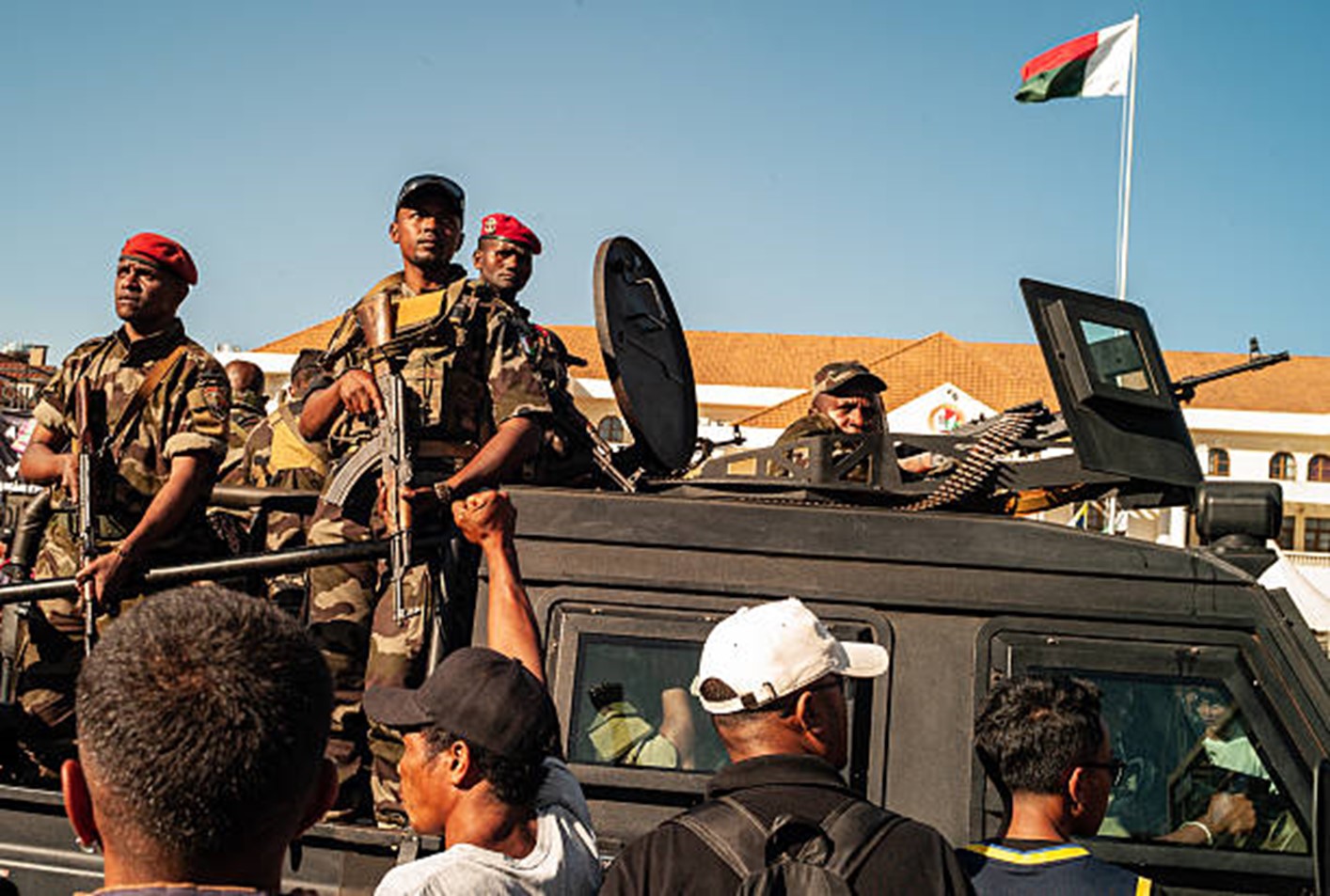
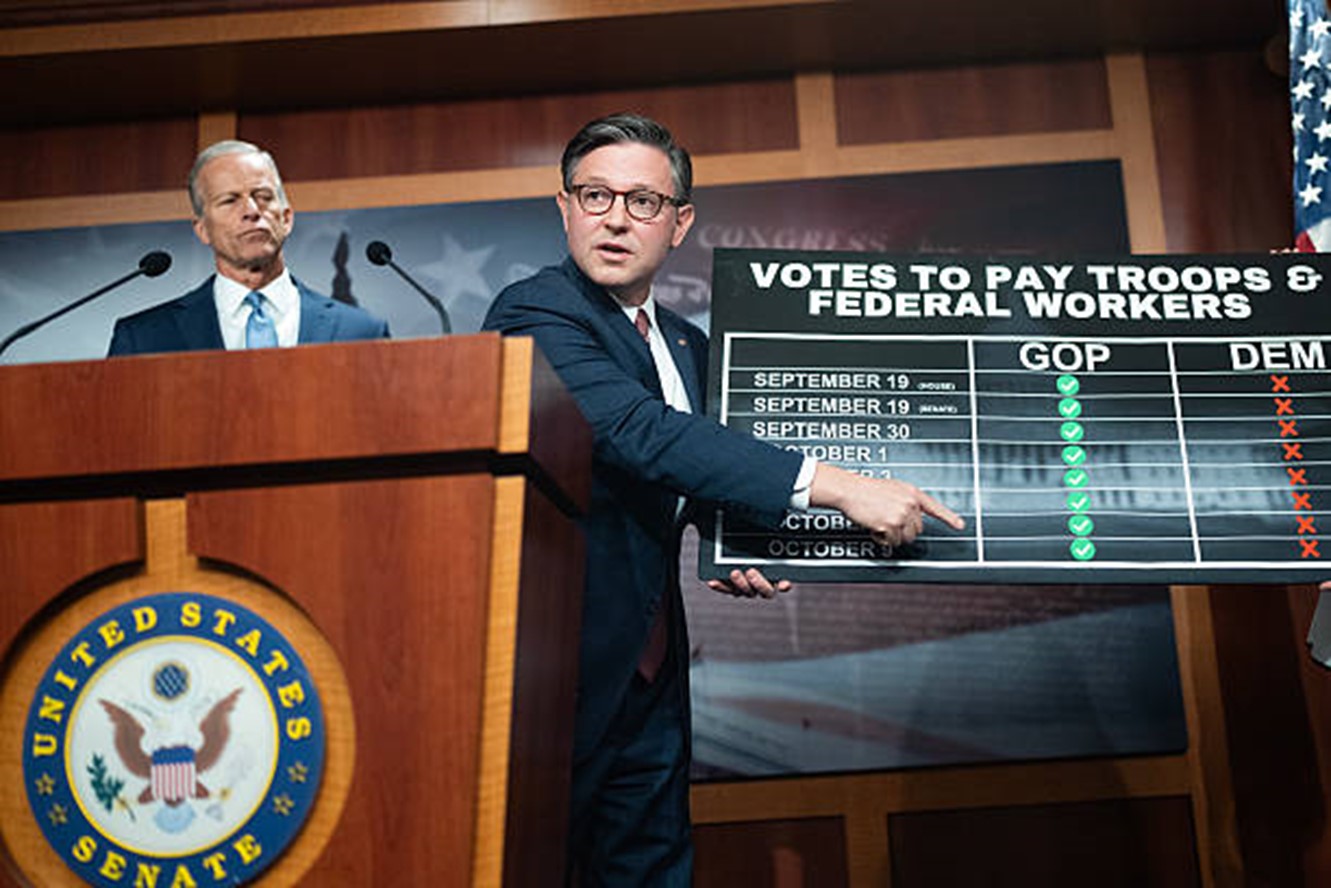
Conversation